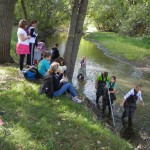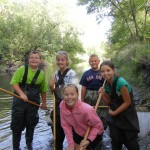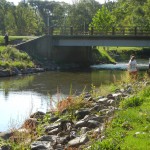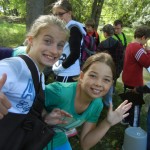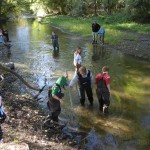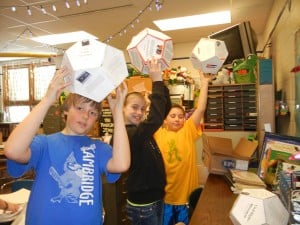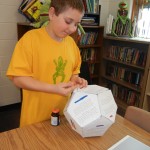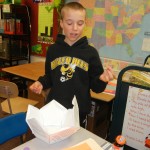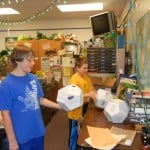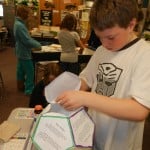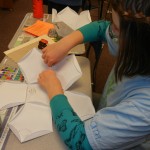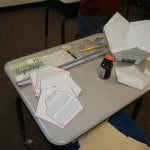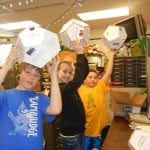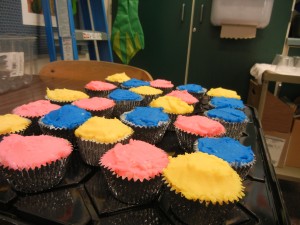Recently, the students have been investigating words related to our study of the American Civil War. In our last post students explained what they understood about some of the words. One of the comments we received on that post was from Old Grouch, our true Real Spelling friend from France. Since one of the words investigated was <emancipation>, and the students had found this compound word to be made up of the bound bases <man> and <cip>, Old Grouch playfully replied using many words that share those two bases.
He began his comment like this, ” I anticipate that they won’t need a mandate to participate in manufacturing a manual of these bound bases.” What fun we have had with that! The students have each made a list of the words in his comment that share the base <man> and the ones that share the base <cip>. Then the research began. How does knowing the meaning of the base element in a word help us understand the meaning of the word?
Some of the words really gave us pause to think, while others were more obvious in their meaning connections. Overall, it was a very bright week in the classroom (light bulb moments were happening in proliferation!) The following videos focus on the words with the base <man> .

